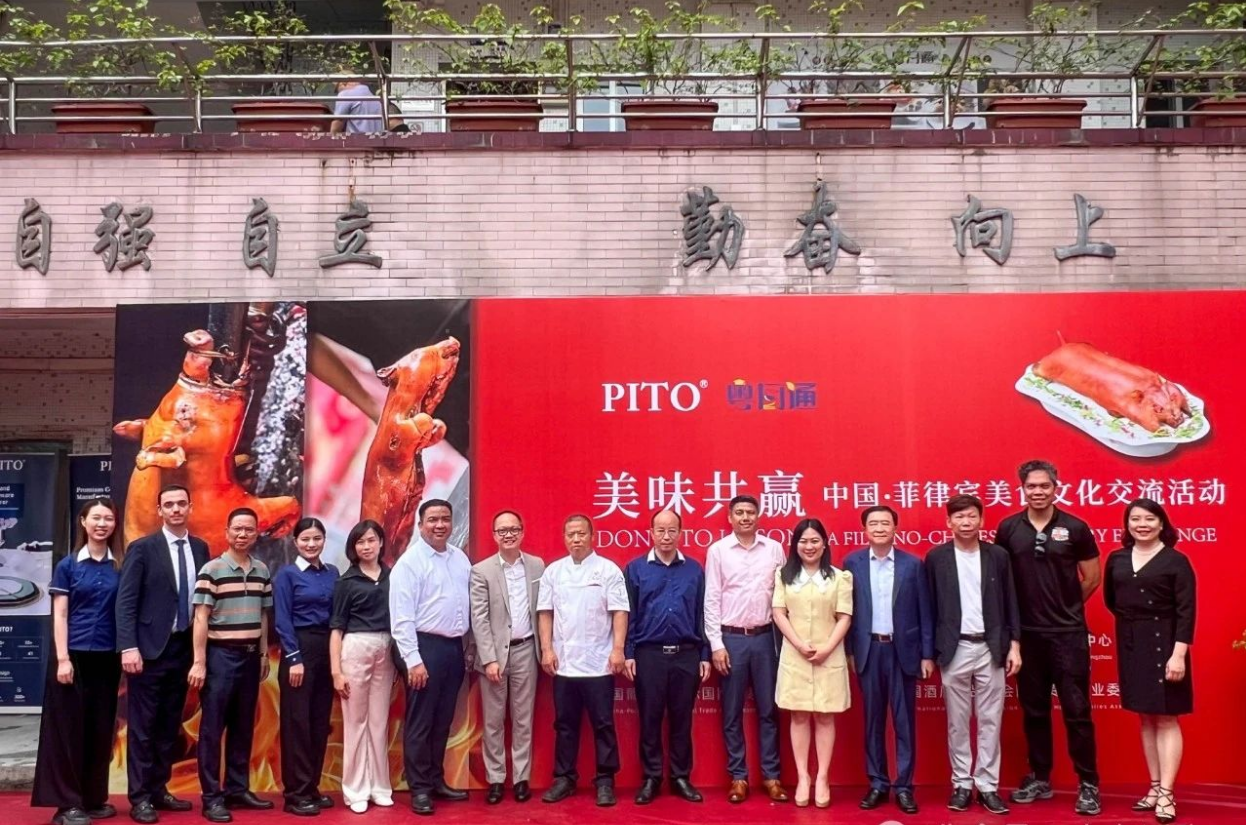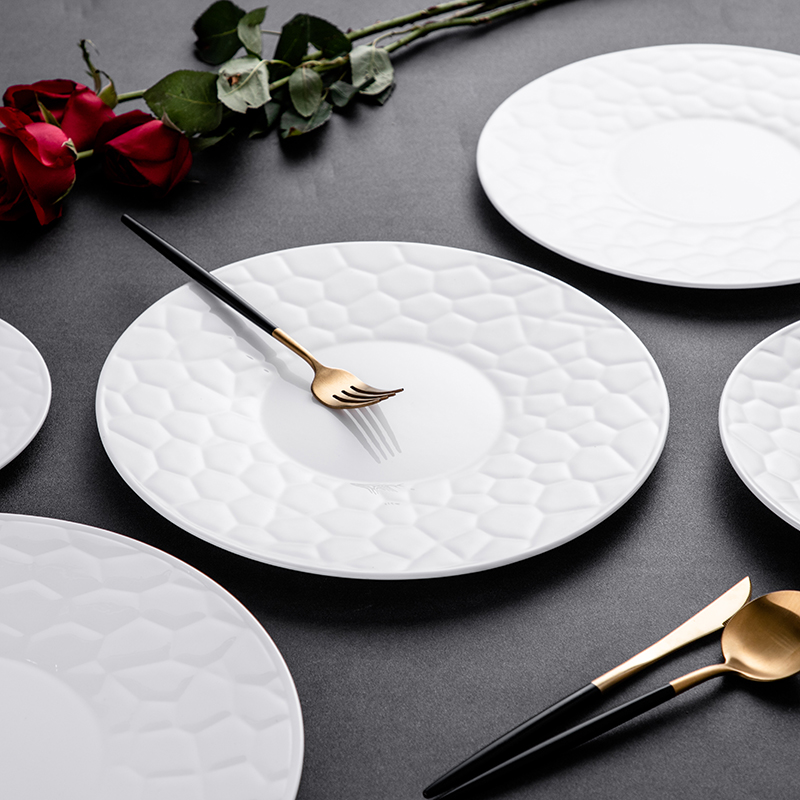
Ceramic plates have long been an integral part of our dining experience, providing us with a sturdy and aesthetically pleasing surface to enjoy our meals. These versatile dinnerware items hold significant importance in the world of tableware, striking a balance between functionality and elegance.
Whether it’s a casual family dinner or a formal gathering, ceramic plates are the go-to choice for many households and restaurants alike. In this blog post, we will dive deeper into the manufacturing process of ceramic plates, shedding light on the intricate craftsmanship behind these essential dining companions.
The Basics of Ceramic Plates
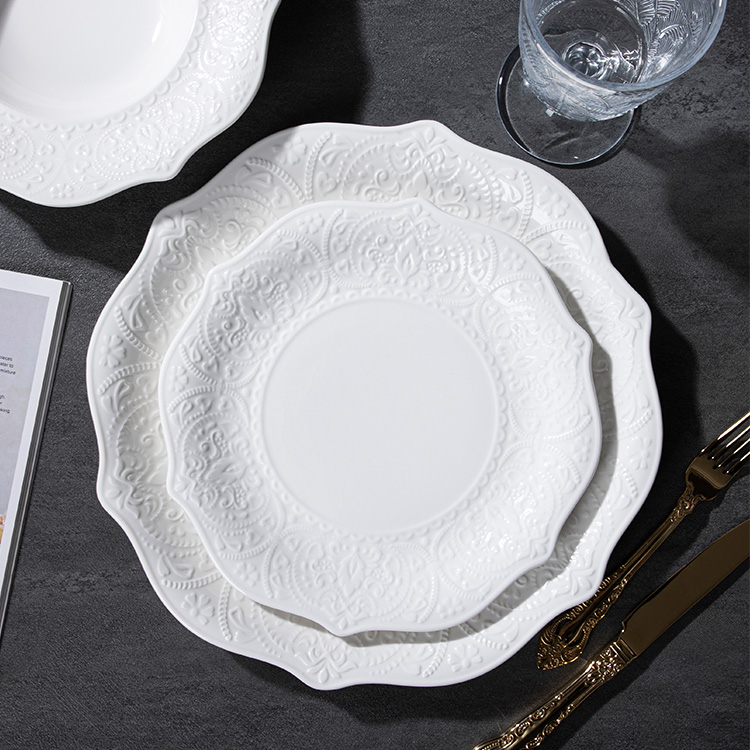
Ceramic plates are renowned for their durability, versatility, and aesthetic appeal. Unlike their plastic or glass counterparts, ceramic plates offer a sense of sophistication and substance to any dining experience. Here are a few key points about ceramic plates:
- Durability: Ceramic plates are made from clay, which is fired at high temperatures to create a sturdy and resilient material. This makes them resistant to cracks, scratches, and general wear, ensuring they can withstand the rigors of everyday use.
- Heat Retention: One of the standout features of ceramic plates is their ability to retain heat. This means that your food stays warm for longer, allowing for a pleasant dining experience.
- Variety of Styles: Ceramic plates come in a wide range of designs, colors, and patterns, making it easy to find the perfect match for any table setting or personal preference.
- Food-Grade Material: Ceramic plates are deemed safe for food consumption, as they are typically made from natural materials without harmful chemicals or toxins.
Now that we have laid the foundation, let’s delve into the intriguing process of how ceramic plates are manufactured. By understanding the intricate steps involved, we can gain a greater appreciation for the craftsmanship behind these essential dining companions.
The Manufacturing Process of Ceramic Plates
A. Raw Material Preparation
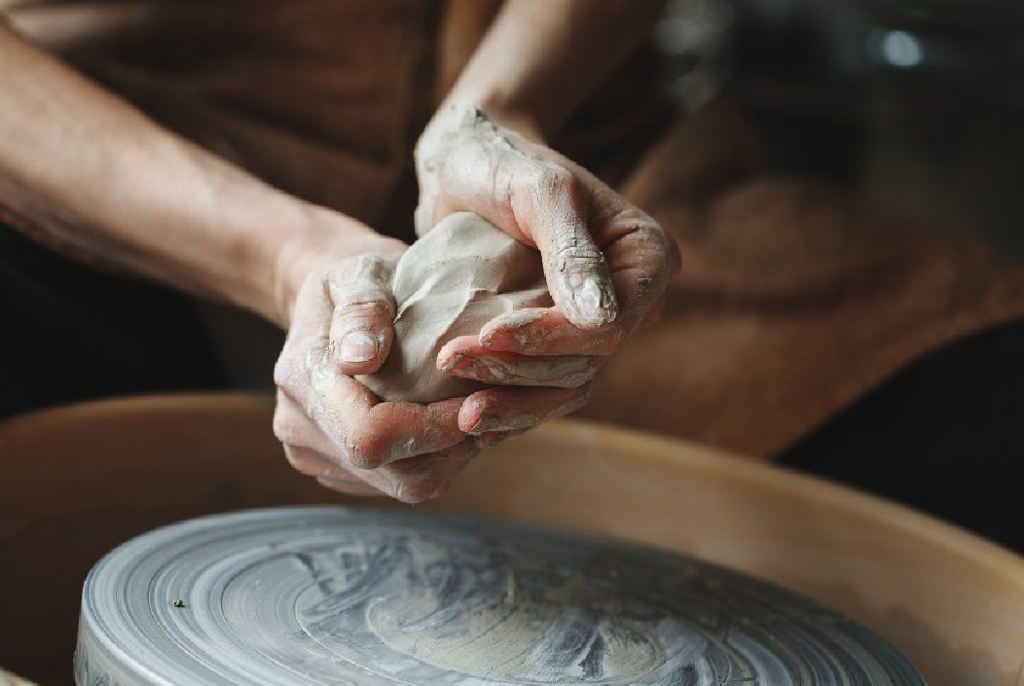
source: pinterest
Before the ceramic plate manufacturing process can begin, the raw materials must be properly prepared. The main component of ceramic plates is clay, which is often sourced from specialized clay mines. Here are the key steps in material preparation:
- Sorting: The harvested clay is initially sorted to remove impurities such as rocks, twigs, and other foreign particles.
- Cleaning: The clay is thoroughly cleaned to eliminate any remaining impurities, ensuring a pure and consistent material.
- Mixing: Various additives may be mixed with the clay to enhance its properties, such as increasing its plasticity or improving its firing characteristics. These additives can include feldspar, quartz, and kaolin.
B. Forming the Plates
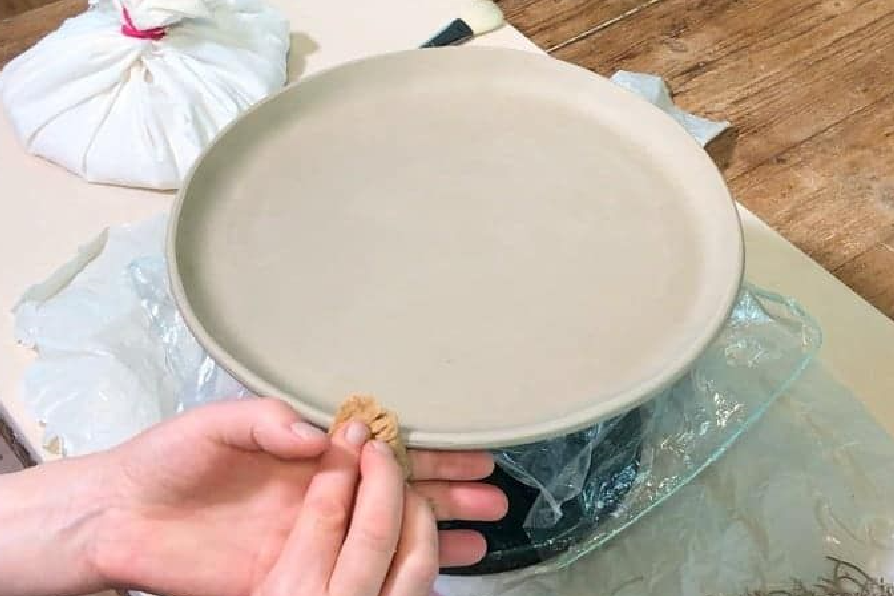
source: pinterest
Once the clay is prepared, it is time to shape it into the desired form of the ceramic plate. There are several methods used for forming ceramic plates, including:
- Hand-Throwing: Skilled artisans utilize a potter’s wheel to shape the clay by hand. Through a combination of spinning the wheel and manipulating the clay, they create the desired plate shape and size.
- Slip-Casting: This method involves pouring liquid clay, known as slip, into a plaster mold. The mold absorbs water from the slip, allowing a clay layer to form on the mold’s surface. Once the desired thickness is achieved, excess slip is poured out, leaving the clay to dry and solidify.
- Press-Molding: Here, the clay is pressed into a pre-made mold using hydraulic or pneumatic pressure. This method allows for mass production of uniform plates with consistent shapes.
C. Drying and Firing
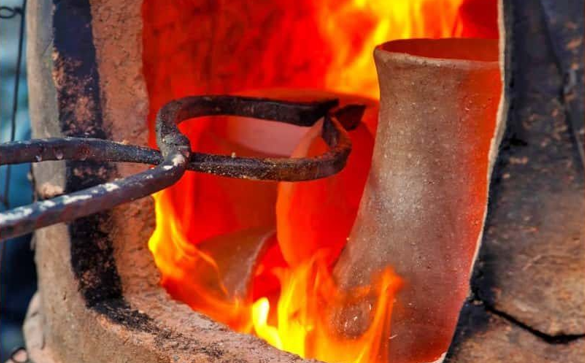
source: pinterest
After the plates are formed, they must go through a drying and firing process to transform the clay into a solid, durable form. The steps involved are as follows:
- Drying: The plates are left to dry at room temperature to remove excess moisture gradually. This gradual drying process helps prevent cracking and warping.
- Firing: The dried plates are placed in a kiln and subjected to high temperatures ranging from 1000 to 2000 degrees Celsius. This firing process fuses the clay particles together, creating a solid ceramic structure. The exact firing temperature and duration depend on the specific type of clay and desired plate characteristics.
D. Glazing and Decorating
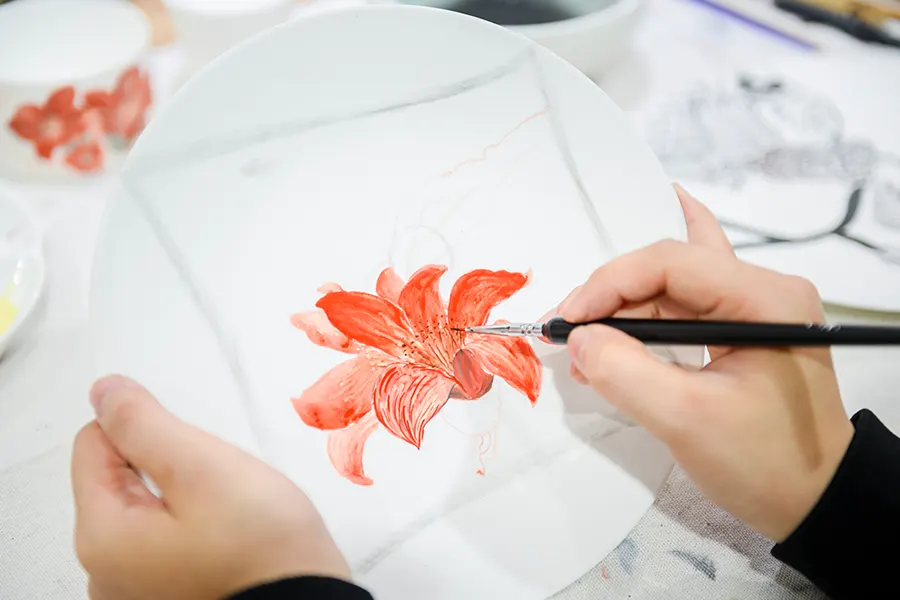
Once the plates have been fired, they can be glazed to enhance their appearance and functionality. The glazing process involves:
- Glaze Application: A layer of glaze is applied to the surface of the plate, typically made from a mixture of minerals and pigments. The glaze enhances the plate’s visual appeal and provides a protective coating.
- Decorating: Various techniques can be employed to decorate the ceramic plates, such as hand-painting intricate designs, using stencils or templates, or even digital printing methods. These decorative elements add a personal touch and aesthetic appeal to the finished product.
E. Finishing and Quality Control
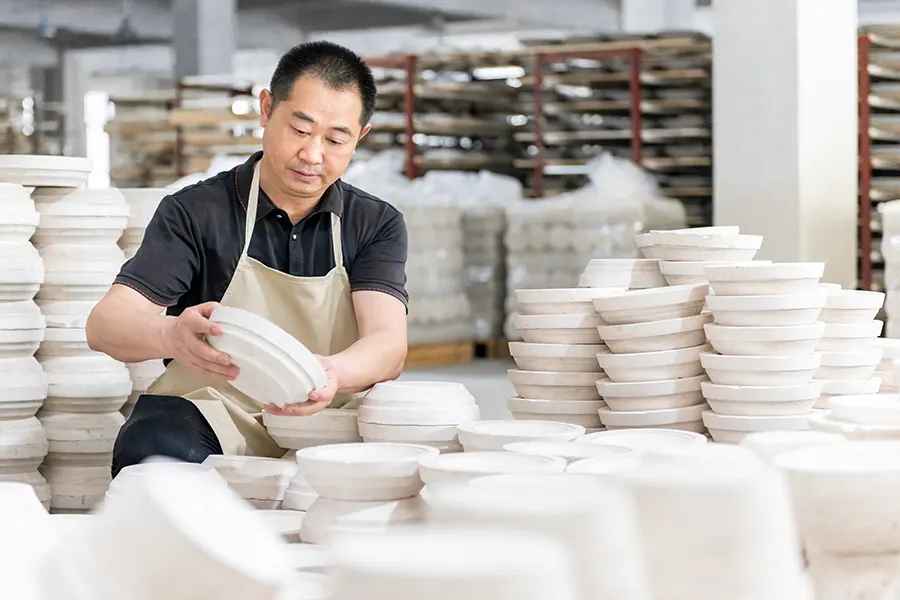
The last steps involve finishing the plates and ensuring their quality meets the highest standards. This includes:
- Smoothing and Polishing: After the glaze and decoration are applied, any rough edges or imperfections are smoothed out. This gives the plates a refined and polished look.
- Quality Control: Every plate is thoroughly checked for any defects, such as cracks, air bubbles, or glaze inconsistencies. Any flawed plates are discarded, ensuring that only top-quality products make it to the market.
By following these meticulous steps, ceramic plates are transformed from raw materials into exquisite pieces suitable for our dining tables. The expertise and attention to detail throughout the production process result in durable, functional, and visually appealing dinnerware that enhances our dining experiences.
Environmental Considerations
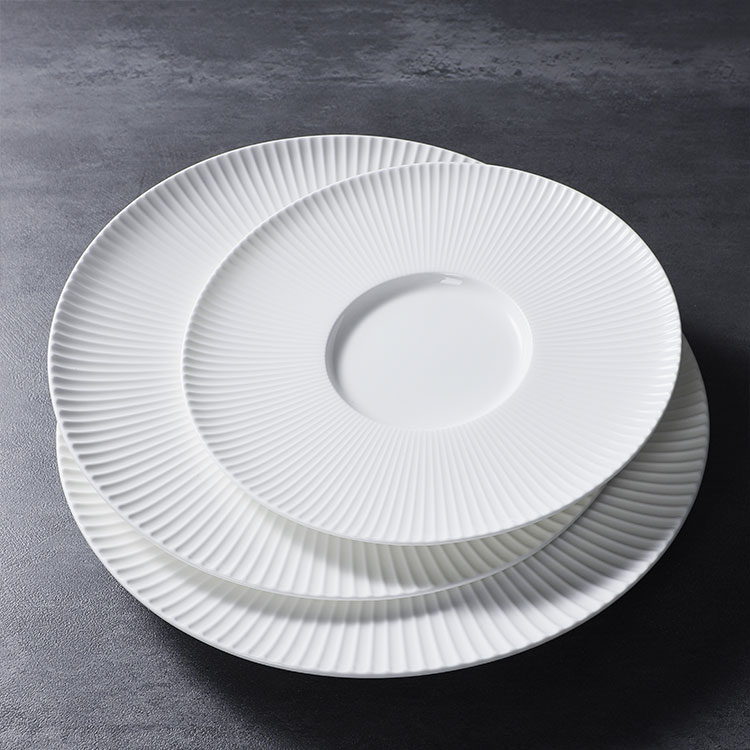
In addition to their aesthetic and functional qualities, ceramic plates also have environmental benefits that make them a sustainable choice for eco-conscious consumers. Here are some notable environmental considerations:
- Use of Natural Materials: Ceramic plates are primarily made from clay, a naturally occurring material. This reduces reliance on synthetic materials, making them a more environmentally friendly option compared to plates made from plastics or other non-biodegradable substances.
- Recyclability: Ceramic plates are recyclable, meaning they can be crushed and repurposed as raw materials for new ceramic products. This helps reduce waste and promotes a circular economy.
- Reduced Plastic Waste: By using ceramic plates instead of disposable plastic or paper ones, you contribute to reducing the amount of single-use plastic waste generated from the dining industry. This helps combat environmental pollution and the detrimental effects of plastic on ecosystems.
- Energy Efficiency: While the firing process requires high temperatures, advancements in kiln technology have made it more energy-efficient over the years. Some manufacturers have also started using renewable energy sources to power their production processes, further reducing their carbon footprint.
- Sustainable Practices: Many ceramic dinnerware manufacturers are adopting sustainable practices in their operations. This can include responsibly sourcing clay, minimizing water and energy usage, reducing greenhouse gas emissions, and implementing recycling programs.
By choosing ceramic plates for your dining needs, you are making a conscious choice to reduce your environmental impact and contribute to a more sustainable future.
Conclusion
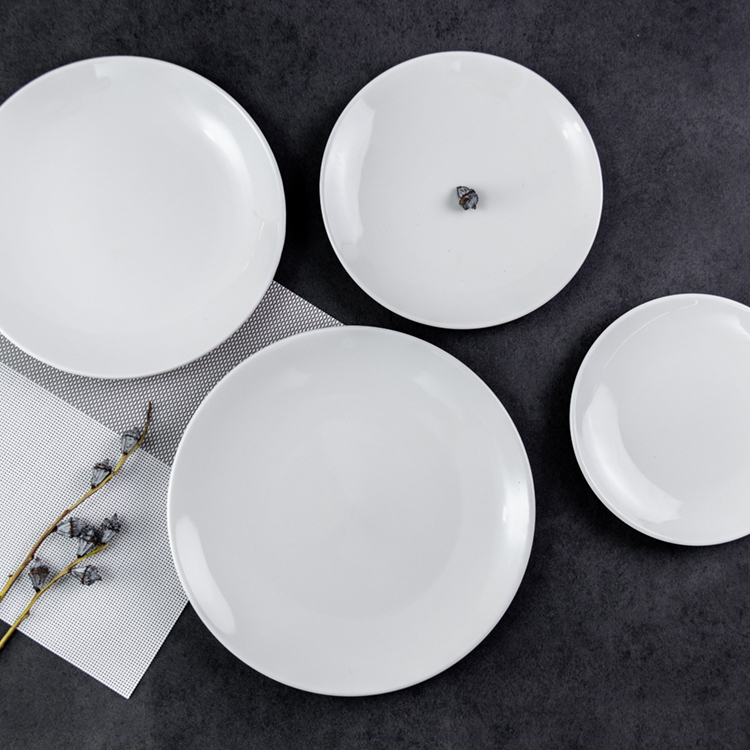
By understanding the process behind their creation, we can better appreciate the value and beauty of ceramic plates. Not only are ceramic plates aesthetically pleasing, but they also possess durability, heat retention, and a wide range of styles to suit any table setting. Additionally, their eco-friendly qualities and recyclability make them an environmentally responsible choice for conscious consumers.
Next time you enjoy a meal served on a ceramic plate, take a moment to appreciate the artistry and expertise involved in creating such a remarkable piece of dinnerware. Consider incorporating ceramic plates into your dining routine, knowing that you are making a sustainable choice without compromising on style or functionality.
